Autonomous vehicles, traffic sign identification, facial detection, and self-service checkouts are all connected by the same technology: a computer vision system.
Regardless of your industry—whether it’s finance, healthcare, pharmaceuticals, or real estate—using computer vision can unlock numerous capabilities and help you stand out in competitive markets.
Today, we’ll discuss this technology in detail and see how it can contribute to your business growth.
Market Trends and Statistics
Computer vision services are becoming increasingly valuable across industries, offering a variety of practical applications.
This technology is behind the development of smart factories capable of automating operations traditionally performed by humans.
With advancements in technology, tasks like identifying warehouse workers, detecting product defects, and analysing surveillance camera data have become more accessible.
Companies that embrace computer vision benefits can proudly claim themselves as leaders in Industry 4.0, which signifies the peak of interoperability between industry and technology.
According to Statista, the global computer vision market is expected to see steady growth, with an annual increase of 11.69% from 2024 to 2030, reaching a market value of US$50.97 billion by 2030.
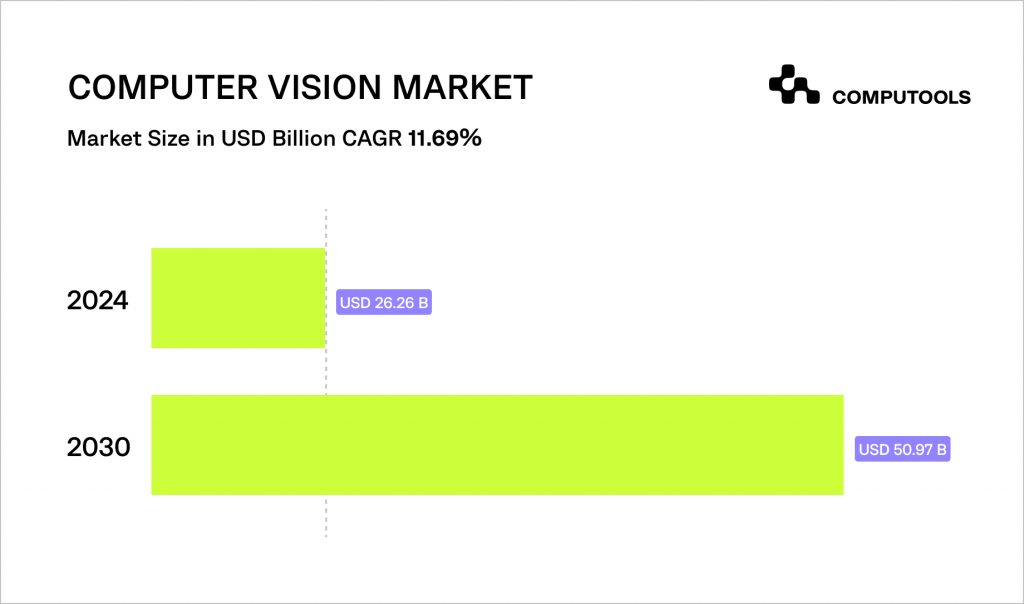
A rising demand for automation and AI-driven solutions primarily fuels this growth. Advances in deep learning algorithms and the reliance on cloud-based platforms also play a big part.
Plus, as the technology becomes more popular in developing economies, there are even more opportunities on the horizon.
Moreover, compared to traditional systems, CV and ML-powered solutions offer better cost-effectiveness and efficiency with fewer errors. This means no system failures, which can lead to financial or social consequences.
Research proves this point that machine learning algorithms trained on large datasets can achieve over 90% accuracy, outperforming human-operated systems.
Considering all these benefits, it’s clear that the future looks promising for the CV market. Ongoing innovation and the introduction of new applications will further propel its growth.
Challenges Addressed by CV Technology
As it was mentioned, businesses are increasingly investing in computer vision services to address specific challenges. What are they? Let’s explore.
Small Businesses
• Inventory management
CV technologies such as RFID (Radio-Frequency Identification) can largely optimise inventory management processes.
RFID enables real-time tracking of inventory by counting items as they enter and exit stock.
Meanwhile, image recognition analyses shelves to assess stock levels, identifying items that are running low and require replenishment.
• Customer engagement
Behaviour tracking through surveillance data can provide insights into customer movements and interactions within a store, identifying popular products and how customers navigate the shopping space.
By paying attention to this, small businesses can change what they offer to keep customers coming back.
Medium-sized Businesses
• Quality control
For medium-sized businesses, particularly in manufacturing, Automated Optical Inspection (AOI) systems inspect products in real-time with higher accuracy than human inspectors, ensuring higher quality control standards, reducing waste, and saving costs on recalls or unsellable goods.
• Market analysis
CV with demographic analysis features can gather insights into customer behaviours and preferences through the analysis of video data.
This can inform product placement, store layout optimisations, and targeted marketing strategies to increase sales.
Enterprises
• Supply chain optimisation
Barcode and Text Recognition systems streamline warehouse operations by automating sorting, packing, and dispatching processes.
CV can quickly scan and recognise barcodes, labels, and text, facilitating faster inventory management and reducing manual errors.
• Customer experiences and personalisation
Augmented Reality (AR) and virtual try-ons, powered by computer vision technologies, enhance the customer experience through innovative interactions and reduce returns by allowing customers to gauge product fit before purchase better.
Use Cases of Computer Vision Across Industries
Now that you understand the computer vision value for business, let’s explore practical examples.
We’ll demonstrate how five different industries leverage CV technology to transform their operations.
1. Real estate
• Efficient claim processing
Companies use computer vision solutions and drones to capture detailed, high-resolution images of homes’ roofs and their overall layouts.
This imagery, combined with other home-related data, can help insurance companies quickly generate quotes and process settlements.
Adjusters are called in only for claims the CV application cannot resolve. This approach allows insurance firms to lower the expenses of claims adjustments for simple cases, freeing up adjusters to focus on more complex claims.
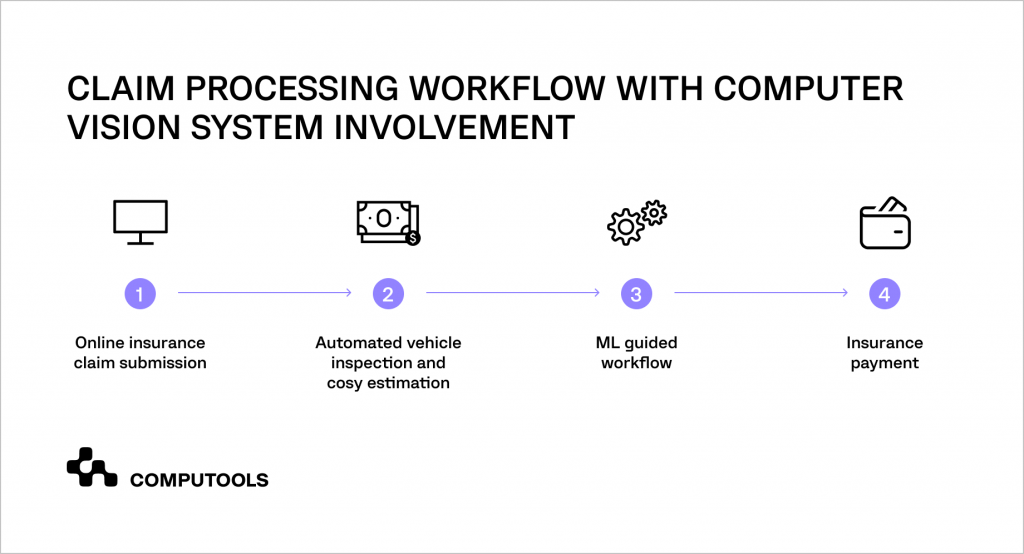
• Better customer experience
Real estate companies often face the challenge of standing out. That’s where CV comes in, offering a powerful way to enhance customer experience.
With CV algorithms, businesses can automatically sort rooms and evaluate their conditions, making it easier for clients to find what they’re looking for.
This means customers can find the information they need faster by using specific keywords or search parameters. And when clients have access to accurate and valuable information, analysing room conditions and identifying objects or rooms, it greatly improves the level of service.
2. Finance
• Efficient data entry
Optical character recognition (OCR) technology is designed to identify and pull text, including letters, numbers, and other symbols, from images.
Banks and credit unions invest in OCR systems to enable customers to scan their checks and credit cards remotely without visiting a branch.
Similarly, OCR supports the reading of machine-readable personal documents like passports, driver’s licenses, and green cards, aiding governments in border security and identification efforts.
OCR can enhance the functionality of any scannable item, making it a versatile tool that is likely to find applications in your business.
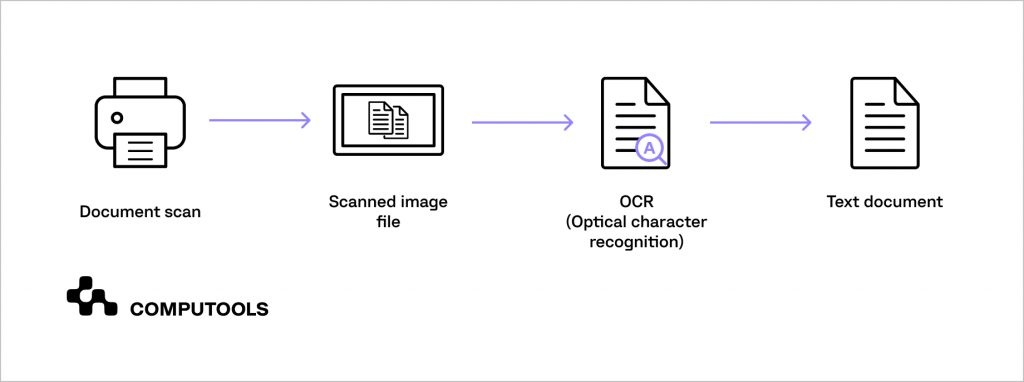
• Enhanced security
Facial recognition has become an integral part of authentication processes not only in banking but also in industries like retail and transportation. Its main purpose is to simplify the often lengthy identification procedures seen in various workplaces and banking systems.
Facial recognition platforms provide a secure and anonymous biometric functionality, allowing the use of CV at ATMs, self-checkout stations, or cash registers.
Additionally, biometric authentication and face recognition tools are getting increasingly popular in the corporate world, with companies of all sizes adopting these technologies to enhance the security of their back-office operations.
3. Transportation
• Self-driving cars
Self-driving cars rely on four key elements to process images and make immediate driving decisions: vehicle sensors, connectivity, accurate positioning systems, and machine learning algorithms.
These cars use a variety of CV techniques in real-time, including:
1. Recognising patterns: identifying objects like road signs and traffic lights
2. Tracking objects: monitoring and responding to moving entities such as other vehicles or pedestrians
3. Segmenting: isolating relevant features from raw data, such as focusing on pedestrians in a busy background
4. Understanding 3D vision: comprehending the spatial arrangement of objects and navigating through environments
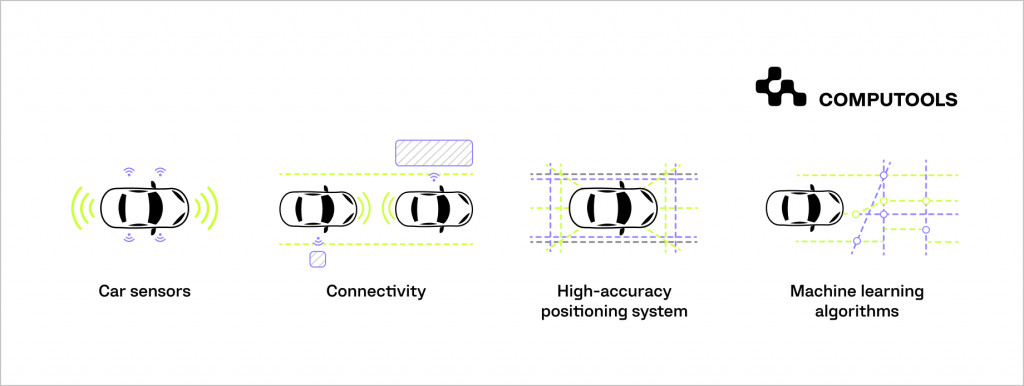
• Automated toll collection
Modern toll systems allow drivers to pass through without stopping to pay with cash. They use CV for automatic payment processing, identifying those who don’t pay, and keeping track of traffic flow.
These smart-systems can tell vehicles apart to charge the right toll amount. They use the already mentioned OCR system within their license plate recognition setups to read vehicle plates from photos or videos.
After reading a plate, the system checks it against a list of registered vehicles. It either charges the toll to the linked account of the vehicle owner or figures out where to send the bill.
4. Media
• Fake news and deep fake detection
In an era dominated by fake news, computer vision tasks also include identifying misinformation and scams. By analysing pixels, a CV can assess the credibility of sources and validate their arguments.
Shedding light on distortions and the particularly dangerous technology of deepfakes, AI vision helps protect internet users in their quest for reliable information.
Moreover, as deepfakes add complexity to phishing attempts, additional AI-powered cybersecurity measures are necessary to safeguard internal processes, protect company operations, and enhance future growth prospects.
• Sports broadcasting
Vision software uses various technologies, including multi-camera ball tracking, to gather precise data on athletes’ movements.
With CV technology, cameras can overlay graphics onto the image, providing TV viewers with accurate analysis of the action.
Additionally, CV can supply important data for predicting players’ optimal positions.
This information is valuable for coaches when devising game strategies, especially in team sports like soccer or hockey.
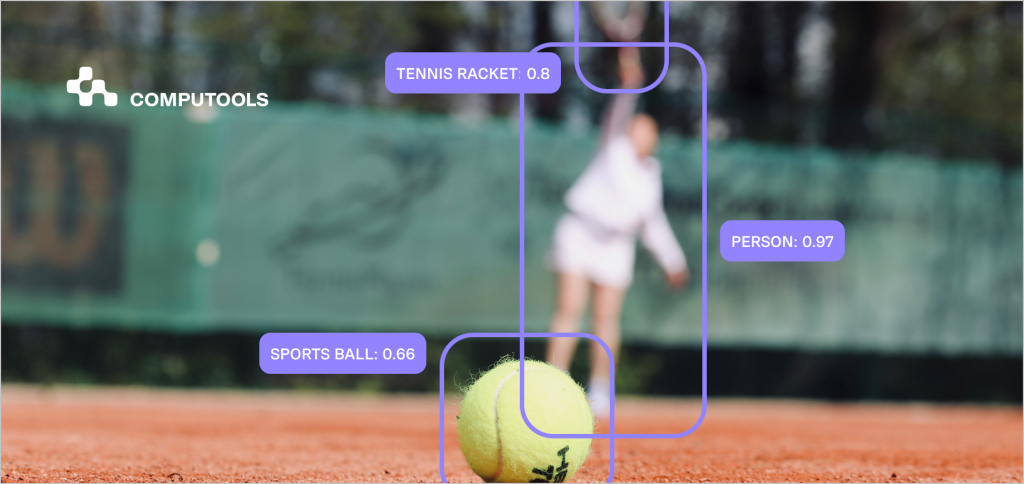
5. Healthcare
• Tracking progress in physical therapy
Pose recognition technology (PRT) can monitor a patient’s advancement through a physical therapy regimen by identifying body parts like shoulders, elbows, wrists, knees, and facial features. It uses this data to analyse a person’s posture in real-time.
PRT assesses the correctness of the posture during exercises, the duration for which the patient maintains a particular pose, and whether the patient meets the targeted outcomes.
It helps therapists keep track of a patient’s progress and determine when to make necessary adjustments to the therapy plan.
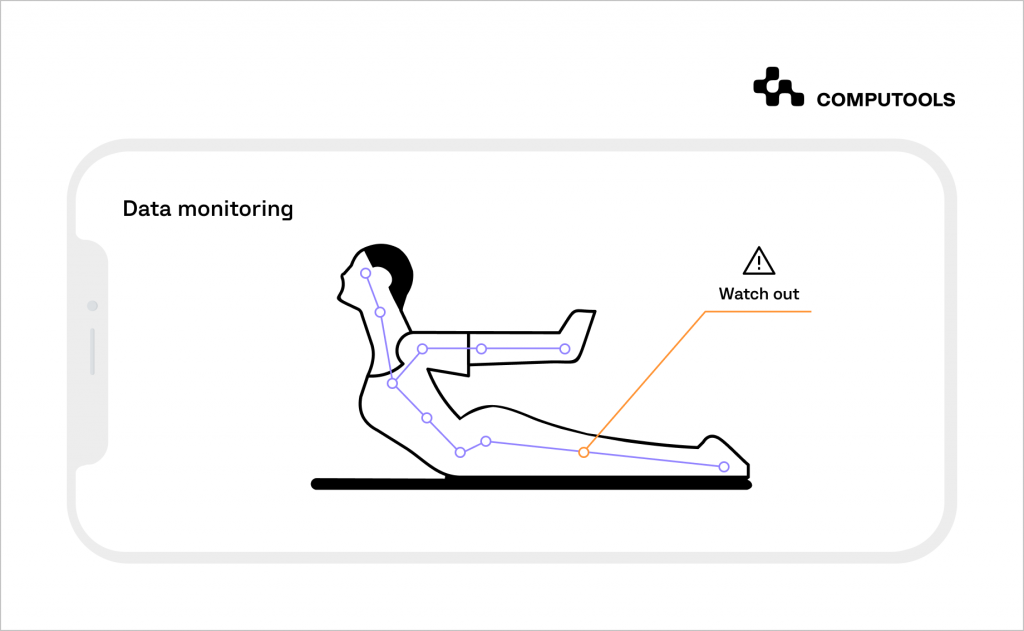
• Analysing immune cells in cancer patients
CV technology has opened up new frontiers in medical research and patient care, especially in the realm of oncology.
One of its promising applications is the analysis of immune cells in cancer patients, where CV can identify subtle abnormalities in cell images that might escape human detection.
Although the accuracy rate of CV may not always exceed that of trained human professionals, the technology’s capacity to analyse vast quantities of data quickly and identify patterns across a broader spectrum of variables offers huge advantages.
By analysing images of immune cells, CV algorithms can help in pinpointing variations that suggest how effectively these cells are fighting cancer or how cancer might be evading the immune response.
Choosing the Right Technology Partner
When selecting a CV development company, you need to take into account several important factors.
Here’s a list of steps to make a well-informed decision:
1. Create a list of CV development companies for further evaluation based on service quality, expertise, and security standards.
2. Review feedback, references, and testimonials from potential partners. You can find this information on their websites, LinkedIn profiles, and ranking platforms, such as Goodfirms.
3. Take into account the size of the companies and their recruitment capabilities. Larger providers often have more internal resources; however, smaller providers may offer better customer support.
4. Evaluate the administrative facilities, equipment, and overall infrastructure of potential partners. Check their team structure and ensure they have subject matter expertise relevant to your project.
5. Verify that your potential development provider complies with international security standards such as ISO, PCI, and HIPAA and has robust security protocols in place.
6. Ask relevant questions to assess the reliability of the provider.
7. Request a portfolio showcasing their successful CV projects. At Computools, we showcase our case studies on the website to help clients make well-informed decisions based on facts and tangible outcomes we’ve achieved.
Predictions for the Future
As computer vision becomes more integral to the daily operations of various industries, we are on the cusp of significant advancements and shifts in its algorithms.
Continuous improvements in AI and machine learning will be the primary drivers of these changes, reshaping the future of the technology.
Here are our key predictions for the evolution of CV:
• Advanced deep learning techniques
Anticipating the development of more sophisticated and efficient neural network architectures, we expect these advances to deliver higher accuracy and quicker processing for complex visual data.
A notable shift towards self-learning algorithms will reduce the reliance on extensive labelled datasets and enhance adaptability to new visual challenges.
• Improved object recognition and classification
Algorithms are set to improve significantly over the next 5 years, becoming adept at distinguishing subtle differences and categorising objects with better precision. Such improvements will bolster the CV’s contextual understanding, enabling more accurate scene interpretation.
• Real-time processing and edge computing
The growing demand for real-time analysis, integral in applications like autonomous vehicles and surveillance systems, will drive the development of faster processing algorithms.
Also, we expect a significant shift towards edge computing that will enable CV to operate on local devices, thereby reducing cloud processing dependency.
• Ethical AI and bias mitigation
The push to address biases and ensure fairness within CV algorithms, especially in delicate areas such as facial recognition, will intensify.
The focus will be on enhancing the transparency and comprehensibility of these algorithms, aiming to build trust among users.
Conclusion
In summary, it’s important to underline again that computer vision systems have many uses, including object detection, facial recognition, scene reconstruction, image restoration, and human pose estimation.
With the strong artificial intelligence available today, CV technology can probably offer specific benefits to your business, no matter what area you’re in.
Whether making detailed 3D models from crime scene photos or finding flaws in products during manufacturing, CV is reshaping the business landscape for everyone.
Interested in integrating computer vision into your business development strategy?
Reach out to us at info@computools.com to schedule a session with our team of business analysts.

Computools
Software Solutions
Computools is a digital consulting and software development company that delivers innovative solutions to help businesses unlock tomorrow.


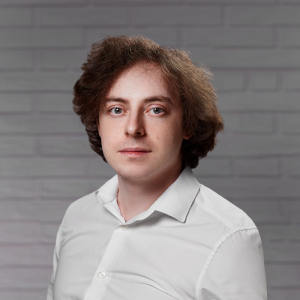






“Computools was selected through an RFP process. They were shortlisted and selected from between 5 other suppliers. Computools has worked thoroughly and timely to solve all security issues and launch as agreed. Their expertise is impressive.”